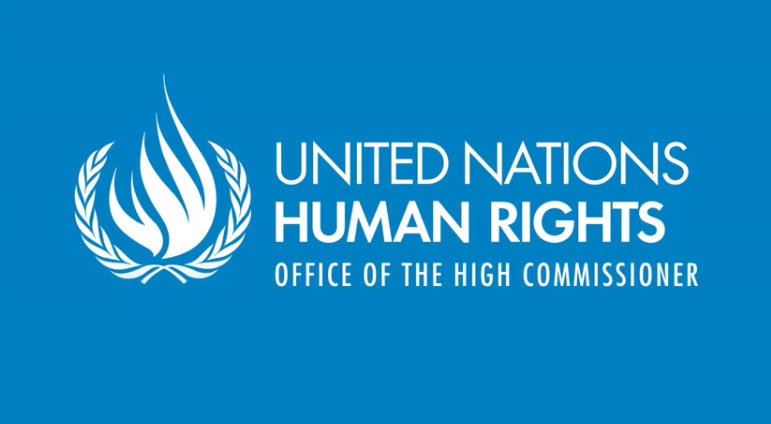Tag: Live Ammunition
-
UNWRA: Update on Israeli forces use of live ammo in refugee camps
22th September 2016 | International Solidarity Movement, al-Khalil team | Hebron, occupied Palestine UNRWA is concerned about the Israeli forces’ increased use of live ammunition against Palestinian civilian demonstrators in Palestine refugee camps since July 2016. Since July 2016, there has been a dramatic increase in the use of live fire against Palestinian civilian demonstrators,…
-
10 Palestinians gunned down by Israeli forces in only 6 days
21st September 2016 | International Solidarity Movement, al-Khalil team | West Bank and ilegally annexed East Jerusalem, occupied Palestine Israeli forces in the occupied West Bank and ilegally annexed East Jerusalem have increased their use of excessive force against Palestinians – gunning down 10 Palestinians in only 6 days, killing seven of them. Medical neglect…
-
Two Palestinian killed in Hebron and one wounded in Jerusalem in less than 12 hours
19th September 2016 | International Solidarity Movement, al-Khalil team | Hebron / Jerusalem, occupied Palestine On Monday, 19th September 2016, two Palestinians have been gunned down by Israeli forces in occupied al-Khalil (Hebron), and one in illegally annexed East Jerusalem in less than 12 hours. Early in the morning, in the Old City of occupied…

